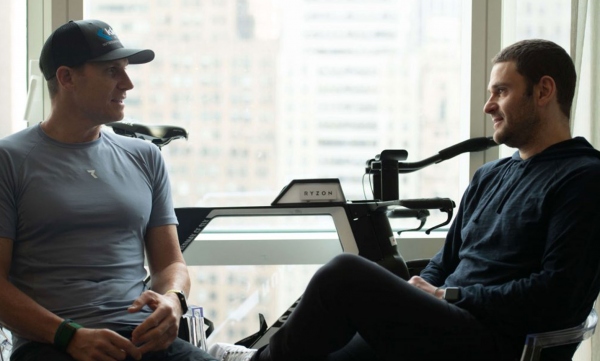The healthcare industry has undergone many recent changes with the introduction of Urgent Care Centers, new healthcare reform, and an increase in mergers and acquisitions of large hospital systems. Meanwhile, one of the largest expenses for healthcare providers continues to be its workforce. Workplace injuries that force healthcare employees to take time away from their jobs reduce workforce optimization and are a major drain on the bottom line. Proper training and techniques dramatically reduce workplace injury and can decrease the future costs of Workers’ Compensation insurance.
Examples of Top Workers’ Compensation Claims for Healthcare Workers:
1. Muscle Strains and Tears
A healthcare employee’s job often requires episodes of physical exertion and strength that workers are unprepared to perform because they have not stretched before their shift or they are not in physical condition to perform injury free. Whether the situation calls for lifting and moving a patient, stretching over and across hospital beds and IV poles to reach monitors or treat the patient, or reaching for supplies in cabinets above or below countertop levels, the healthcare environment is rife with job tasks that are a strain on the back, shoulders, hips, knees and feet – to name a few common sites of strains – which can result in injury to the employee and lost time at work.
2. Needle Sticks and Exposure to Blood Borne Pathogens
Every skilled medical worker who is tasked with handling or is exposed to patient blood or blood borne pathogens has been trained in the proper techniques and importance of handling needles and blood safely. Still, no matter how attentive and careful a healthcare worker may be, accidents do occur which may lead to injuries and time away from work. That is why great care must be taken to ensure that employees are properly trained and that the safety equipment and personal protective equipment they are provided is properly rated and worn so that mistakes when handling blood and other contaminants are minimized. (Note: That applies to housekeeping staff, as well. Does your housekeeping staff know what to do when exposed to blood, contaminated surfaces or other potentially infectious materials?)
For further recommendations on the proper wearing and care for personal protective equipment read the Guidance for the Selection and Use of Personal Protective Equipment (PPE) in Healthcare Settings from the Center of Disease Control.
3. Slip and Fall Accidents
The healthcare environment can be a messy place. Slips and falls can lead to significant injuries such as fractures, sprains, lacerations and other physical wounds which can put an employee out of work for an extended time. Spills and wet spots on the floor are common and must be cordoned off and cleaned promptly to protect staff, patients and, in a hospital or extended care setting, visitors. Slip-resistant footwear can be helpful in avoiding slipping accidents. Management can begin working towards fewer injuries by encouraging, or even requiring, their healthcare employees to have the proper slip-resistant foot protection.
Ways to Mitigate Risk
- Wear the appropriate personal protective equipment – gowns, gloves, eye protection, face shields or masks, and slip-resistant footwear or shoe coverings
- Engage employees in wellness programs to promote a healthier workplace environment
- Encourage stretching and flexing programs prior to performing job functions
- Use appropriate needle disposals: Closable, puncture-resistant, leak-proof, clearly labeled, conveniently placed
- Use needles with engineered sharps injury protections, needleless systems, self-blunting systems, etc.
Contact Us
Let Schaefer Enterprises show you how to protect your healthcare organization and your employees with Workers’ Compensation Insurance that costs less than you expect. Call us at 877.237.2481.

















